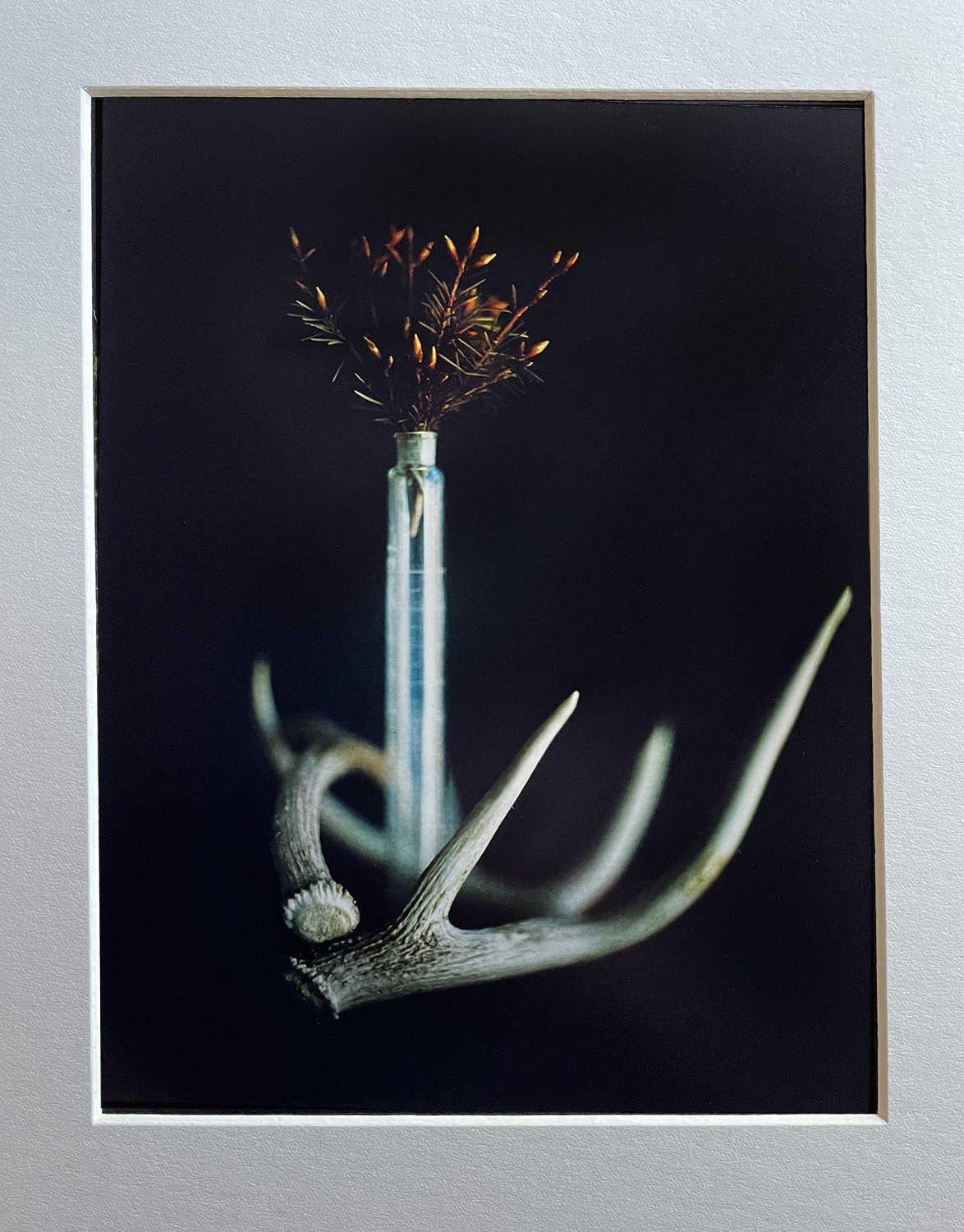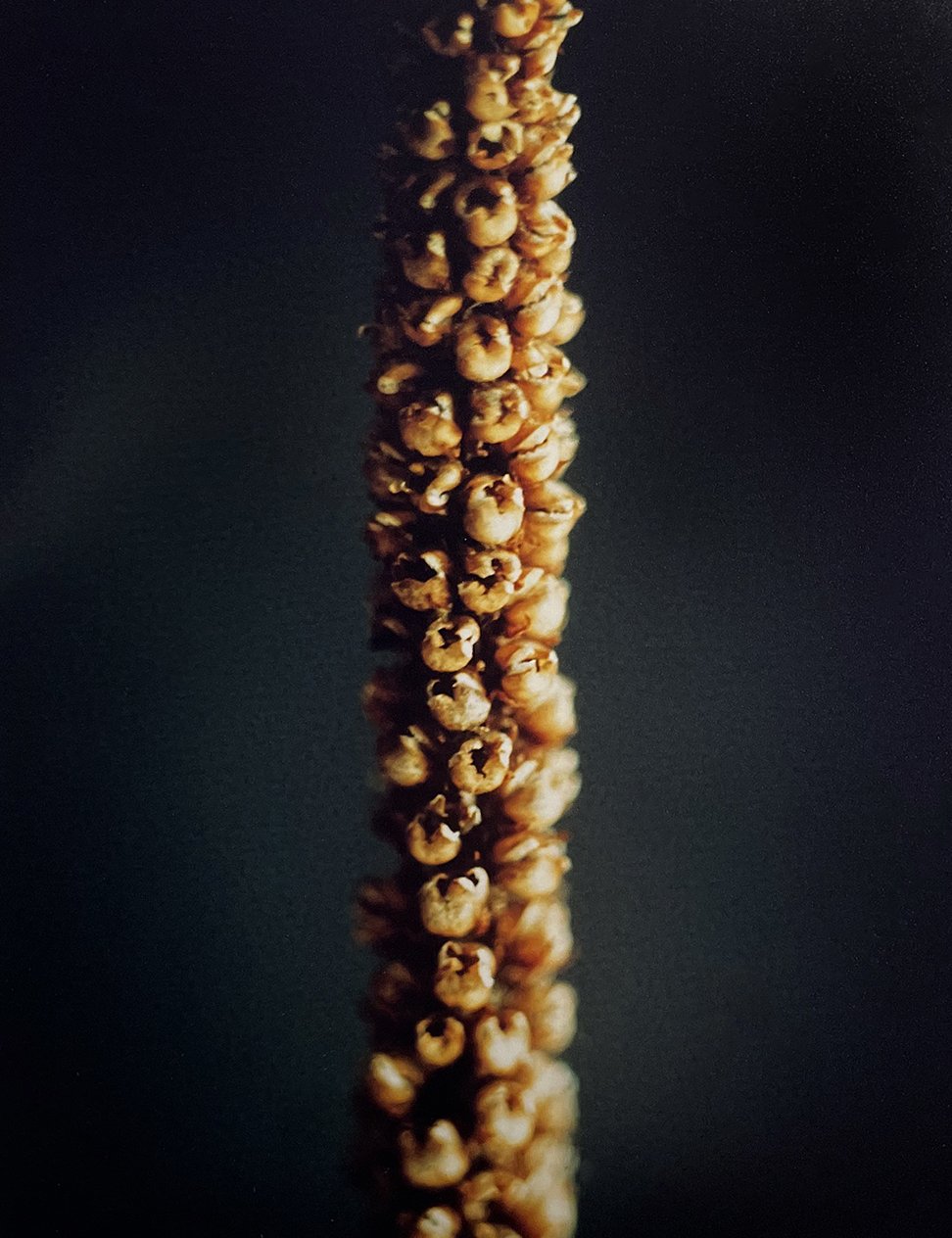So what is it that we can do to authentically face mortality? Ernest Becker asked, "The question of human life is this: On what level of illusion does one live? This question poses an absolutely new question for the science of mental health, namely, what is the “best” illusion under which to live? Or, what is the most legitimate foolishness? ... I think the whole question would be answered in terms of how much freedom, dignity, and hope a given illusion provides.” (The Denial of Death)
Becker was referring to the idea that people adopt various illusions, culturally constructed ways of thinking, or belief systems in an effort to make sense of the world and give their lives meaning. These illusions serve as a psychological defense mechanism against the awareness of our own mortality. Humans are unique in their ability to contemplate their own mortality, which can lead to existential anxiety and a sense of insignificance in the face of the vastness of the universe. To cope with this anxiety, individuals create illusions or belief systems that provide a sense of purpose, significance, and immortality.
“The question of human life is this: On what level of illusion does one live? This question poses an absolutely new question for the science of mental health, namely, what is the “best” illusion under which to live? Or, what is the most legitimate foolishness? ... I think the whole question would be answered in terms of how much freedom, dignity, and hope a given illusion provides.”
He suggests that the science of mental health should consider the quality of these illusions or belief systems. He raises the question of what constitutes the "best" illusion to live by or the most legitimate foolishness. In other words, he is asking which belief systems or illusions offer the most freedom, dignity, and hope to individuals.
The value of an illusion lies in its ability to provide individuals with a sense of purpose, personal agency, and optimism. The illusion should allow individuals to feel free to pursue their goals and desires, maintain their dignity and self-worth, and foster a hopeful outlook on life. By living under such illusions, individuals can find meaning and fulfillment despite the existential challenges they face.
I would never offer anyone "life coaching" or pretend I have any insight into therapy. I’m not qualified to do either. I can, however, offer my opinion on managing terror (death anxiety) based on Ernest Becker and the psychologists that wrote The Worm at the Core, as well as several other philosophers, psychologists, anthropologists, artists, theologians, and scientists. And I can share personal experience and anecdotal observations of human behavior as it relates to these theories as well.
Do I have in-depth knowledge and understanding of these theories? No, I don’t. Some of the material is very dense and difficult to read and understand (see Heidegger). I read Becker’s book, The Denial of Death, in 2018. I’ve gone through the best books on the subject since then. It’s only been five years since I’ve really paid close attention to these ideas. It would take me another decade to fully unpack all of it and be able to articulate the concepts in depth. That was never my goal. I wasn’t working toward a Ph.D. in existential psychology. I was interested in these ideas for my creative life and the project I’m working on now. I’m comfortable where I am with these ideas and continue to learn more and more about them every day. It’s a process, not an event, and it’s really elevated my thinking and connection to the materials and ideas I’m working with. I’m beyond grateful to have found Becker’s work and the rest of the great thinkers of the last two or three centuries (some even older).
Having said that, I do have a solid understanding of the concepts and how they impact people's lives, including mine. I understand my relationship to my creative life and terror management as well—that was the point of reading all of the books and studying existential psychology in the first place. I was trying to unpack almost 40 years of making pictures and talking about marginalized communities. These are the building blocks I’m using for my book and photographs (In the Shadow of Sun Mountain: The Psychology of Othering and the Origins of Evil).
Both Otto Rank and Ernest Becker, among many others, weighed heavily on the creative life as the ultimate way to deal with death anxiety. Or to at least get some perspective on life and existing. In Becker’s book, The Denial of Death, he said, "The most that any one of us can seem to do is to fashion something—an object or ourselves—and drop it into the confusion, make an offering of it, so to speak, to the life force." To me, this passage reflects his viewpoint that, despite facing mortality, people have a fundamental desire to give their lives meaning and purpose. Individuals have a limited capacity to impact the world or find absolute solutions to the complexities of existence. However, he suggests that each person has the ability to create something meaningful, whether it be an object or a personal transformation, and offer it to the "life force," or the larger fabric of existence.
Becker's idea can be interpreted as an encouragement to individuals to engage in acts of creation, self-expression, and contribution as a way to navigate the inherent uncertainty and existential dilemmas of life. By crafting something of significance and offering it to the world, one can find a sense of purpose and transcendence, even within the confines of their mortal existence. This is potent. I’m making every piece of work with this idea in mind. It’s changed how I view what I’m doing. I’m less concerned with the technical than I’ve ever been. I’m interested in what I call “expanding ideas” or “expanding concepts” for this project. I’ve removed the “box” that I put it in, both technically and conceptually. It feels wonderful!
“Horse’s Mane” May 25, 2023, 10” x 10” (25,4 x 25.4 cm) (Made in camera, no negative) RA-4 Reversal Color Direct Print
Otto Rank
Ernest Becker referred to Rank and his theories a lot in “The Denial of Death.” Otto Rank’s book "Art and Artist: Creative Urge and Personality Development" explores the fundamental connection between art and human psychology. Otto Rank delves into the nature of creativity, focusing on how the creative urge emerges within individuals and its impact on their personal development.
“We have art in order not to die of truth.”
Rank examines the psychological motivations behind artistic expression, emphasizing that the creative process allows individuals to address and resolve their inner conflicts and buffer death anxiety. He argues that art serves as a means for individuals to reconcile their own psychological dilemmas and achieve a sense of wholeness.
The book also explores the concept of the artist as an individual who has an innate need for self-expression and seeks to establish their own unique identity. Rank suggests that artists often face challenges in society, as their unconventional thinking and creativity may clash with societal norms and expectations.
Rank discusses the influence of culture and society on art. He examines how societal factors shape artistic expression and how artists, in turn, contribute to cultural transformation through their work.
Throughout the book, Rank draws upon examples from various art forms, including literature, visual arts, and music, to illustrate his ideas. He explores the works of well-known artists and analyzes their creations from a psychological perspective.
"Art and Artist" offers insights into the profound connection between art, creativity, and human psychology. It sheds light on the motivations and challenges faced by artists, as well as the transformative power of art in individual and societal development.
I’ll write more about Otto Rank later. I’m still trying to decipher his writing.
I hope you can join me on Saturday, May 27, 2023, for the final chapter of the book “The Worm at the Core: On the Role of Death in Life.”
In this chapter, the authors offer some ideas for what we can do to manage death anxiety. Moreover, they give food for thought on the implications for our world regarding terror management.
Chapter 11: Living With Death
-IF I SHOULD WAKE BEFORE I DIE
-THE EPICUREAN CURE
-THE PERSISTENCE OF THE TERROR OF DEATH
-COMING TO TERMS WITH DEATH
-IDENTIFYING WITH THE CONTINUITY OF LIFE: TRANSIENCE VERSUS TRANSCENDENCE
-CULTURAL WORLDVIEWS: THE ROCK AND THE HARD PLACE
-SOME FINAL THOUGHTS ON FINALITY
This is a reading of the book "The Worm at the Core: On the Role of Death in Life" by Sheldon Solomon, Jeff Greenberg, and Tom Pyszczynski. Quinn will read a chapter every week and then have a discussion about it. This book, along with "The Denial of Death" by Ernest Becker, is the basis for Quinn's (photographic) book, "In the Shadow of Sun Mountain: The Psychology of Othering and the Genesis of Evil."
Saturday, May 27, 2023, at 1000 MST on my YouTube channel and Stream Yard-Links below
YouTube: https://www.youtube.com/live/HbafDzDbsio
Stream Yard: https://streamyard.com/kw8hnfhpu4
#intheshadowofsunmountain #ernestbecker #deathanxiety #denialofdeath #sheldonsolomon #jeffgreenberg #tompyszcynski #terrormanagementtheory #thewormatthecore #quinnjacobson #studioQ #chemicalpictures















